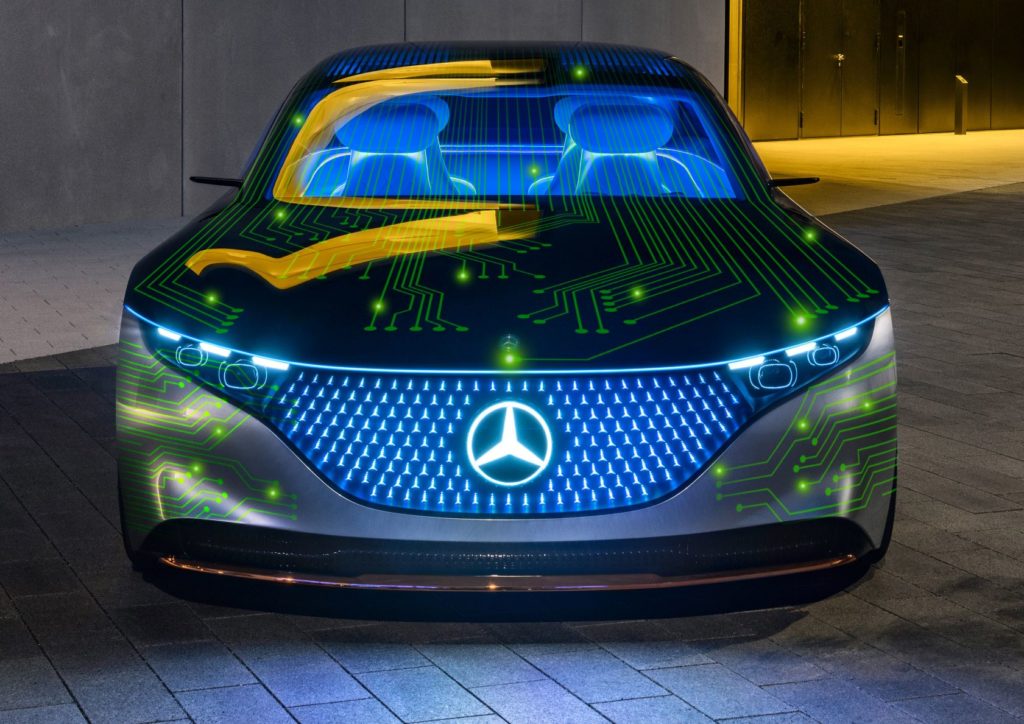BMW Group and Mercedes-Benz AG have announced they are putting their cooperation in the development of next-generation technology for automated driving temporarily on hold. Following an extensive review, the two companies said they have arrived at a “mutual and amicable agreement” to concentrate on their existing individual development paths – which may also include working with current or new partners.
In a joint statement, both manufacturers emphasized cooperation may be resumed at a later date and that the two organizations’ underlying approach to matters such as safety and customer benefits in the field of automated driving remains highly compatible. Apparently, both companies found they were unable to hold detailed expert discussions and talks with suppliers about technology roadmaps until a contract was signed last year.
It was only after these talks concluded that both sides decided that, in view of the expense involved in creating a shared technology platform, as well as current business and economic conditions, the timing was not right for a successful cooperation. Both companies also underlined that they would continue working in close cooperation in other fields.
Shortly after the announcement that BMW and Mercedes would cease cooperation came details of Mercedes’ joint venture with computing company Nvidia. Working together, the companies plan to develop what they claim will be the most sophisticated and advanced computing architecture ever deployed in an automobile.
The new software-defined architecture will be built on Nvidia’s DRIVE platform and will be standard in Mercedes’ next-generation fleet, which the manufacturer hopes will enable advanced automated driving functionalities.
A primary feature of the functionality initially on offer will be the ability to automate driving of regular routes from address to address. In addition, customers will be able to purchase and add capabilities, software applications and subscription services through over-the-air software updates during the life of a car.
Nvidia’s planned next generation DRIVE platform utilizes a computer system-on-chip (SoC), called Orin, which is based on the company’s recently announced Ampere supercomputing architecture. The platform includes a full system software stack designed for automated driving and AI applications. Nvidia and Mercedes said they will jointly develop the AI and automated vehicle applications that include SAE Level 2 and 3, as well as automated parking functions (up to Level 4).


